He Played With Charlie Parker. For $15 He’ll Play With You
Barry Harris has been offering a weekly jazz workshop since the 1970s. Everybody’s welcome, but they’d better love bebop.
For 46 years, students have crowded around Dr. Barry Harris for his weekly jazz class.
By Sheila McClear
March 6, 2020
If you want a spot near the maestro at Barry Harris’s jazz workshop, you’re going to have to fight for it.
On a recent Tuesday evening, about 15 minutes before the session was to start, adults of all ages started jostling for the most coveted spot: the seat on the piano next to Dr. Harris, who always plays by example, and always listens.
The others clustered around the piano, many with their own keyboards and guitars. Some focused their cellphones on Dr. Harris in order to preserve every bit of the 90-year-old’s wisdom.
“Small stuff is what you do best,” said Dr. Harris, who is wiry with snow-white hair and glasses, and who wore a black overcoat and natty plaid scarf that night. “Not big stuff.”
The pianist, composer, and teacher — he has four honorary Ph. D.s and so prefers to go by “Dr. Harris” — is the last of his breed: an interpreter of bebop in its purest form. Charlie Parker, Dizzy Gillespie, Bud Powell, Thelonious Monk — his more famous contemporaries, and his friends, died long ago. And many feel that bebop — a genre that originated in the 1940s, characterized by a fast tempo as well as chord changes that are equally quick and complex — died with them.
Dr. Harris’s revered jazz workshop, surely the longest-running in New York City, is proof that bebop lives on. And Dr. Harris is eager to share his knowledge with new generations. “I’m just passing everything along,” he said. “I’m just passing on music.”
His collaborators read like a list of the greatest jazz players of the 20th century. Dr. Harris has worked or played with everyone from Lester Young and Coleman Hawkins to Sonny Stitt; he played with Cannonball Adderley, Dexter Gordon, and Yusef Lateef. He sat in with Charlie Parker, his idol. His discography starts in 1958, and his last record was made in 2009.
Even though he has been teaching in New York since the 1960s, Dr. Harris put together what he calls the “big class” in 1974. It began by happy accident: Before teaching the final session of a workshop, Dr. Harris recalled, he was out engaging in one of his few vices — he was at an OTB, betting on horses — when he realized he had lost track of time and was hours late. He jumped into a cab. The students were still waiting for him. “So I said, ‘Look here: since you waited for me, I’m going to have a class forever in New York. And it won’t cost you much.’”
Dr. Harris’s class takes place every Tuesday night at a rehearsal studio in Midtown. It has three segments: piano from 6 to 8, vocals from 8 to 10, and improvisation for all instruments, from 10 to midnight. Everyone is welcome, and the website notes that you don’t even know how to play piano to attend. Six hours of jazz instruction for $15.
Sign up for the New York Today Newsletter Each morning, get the latest on New York businesses, arts, sports, dining, style and more. Get it sent to your inbox.
“It’s the most beautiful thing you want to hear in your life,” Dr. Harris said of the sound of a musician whose skills improve after working with him.
Originally from Detroit, where he started teaching at age 15 out of his mother’s house, Dr. Harris moved to New York in 1960. He soon became friends with the Baroness Pannonica de Koenigswarter, a Rothschild scion and jazz patron, who invited him to move into her modern-style house, which had stunning views of the Hudson River, in Weehawken, N.J. And a hundred cats.
Thelonious Monk joined him around 1972, dubbing it the “Cat House” and staying until his death 10 years later. Dr. Harris still lives there today. The baroness died in 1988, and she made arrangements so that Dr. Harris could live there as long as he wanted.
These days, Dr. Harris’s friends drive him into the city for gigs and for the workshop.
The students — who range in age from 20 to 60 and vary widely in experience and ability — sit or stand as close to Dr. Harris as they can, watching intently. The effect is as if he were teaching in a fishbowl. Many have been coming to the workshop for decades. And they know they need to come prepared.
“Come on, man, you think a grown man plays like that?” Dr. Harris shot at a man in his 60s wearing business casual and struggling through a piece. To a guy burning through a Cole Porter improvisation, Dr. Harris shouted, “Hit it!” And this is why his students love him.
“Barry is one of the most important people in my life,” said Robert Nissim, who has been attending the workshop for 27 years. The teacher, he said, “is on a passionate search for beauty, and this he demands from his students.”
Isaac Raz, who has studied with Mr. Harris for eight years, likes the “chaotic nature” of the class. “I thought I knew everything,” he said, referring to his background at Berklee College of Music. “He’s pulling lessons out of his head. You have to be at the top of it to keep up.”
Michael Weiss, a pianist and composer, checks into class “maybe once every two years,” he said. When Mr. Weiss was 20, Dr. Harris offered him a piano lesson. They have been friends and colleagues now for 40 years. In the past, they’ve even exchanged musical ideas over the telephone. “Barry would call me and say: ‘Now just play me an F-major triad in the first inversion, now take it up to C, and move it up a half-step.’”
While Dr. Harris sat in a rehearsal room before that night’s workshop, he recited the names of bebop musicians as if he were repeating the Rosary.
“We believe in Bird, Dizz, Bud. We believe in Art Tatum. We believe in Cole Hawkins,” he said quietly. “These are the people we believe in. Nothing has swayed us.”
It was well after midnight when Mr. Harris left the building, surrounded by students trying to get one more word in and say a final goodbye. One young woman was so nervous that he grasped her wrists with both hands. “You’re shaking!” he said.
Mr. Harris said he felt secure in the knowledge that the people who need to know about his legacy, do. “Most of the musicians know,” he said. “The real musicians, they know. The piano players know. We even got church piano players,” he said, heading for his ride that would take him back to Weehawken. “’Cause they know.”
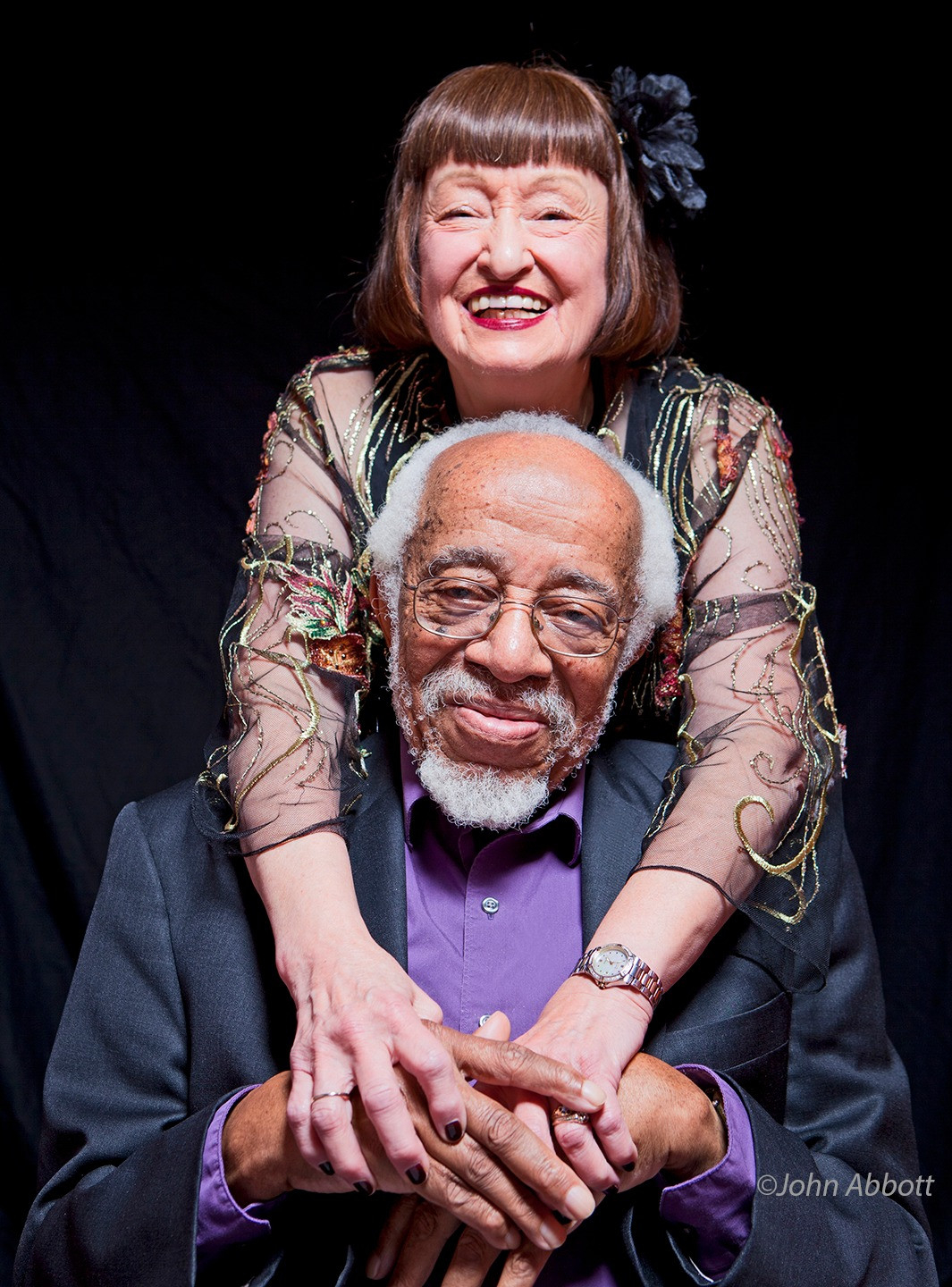
 Amanda S. Stevenson
Amanda S. Stevenson 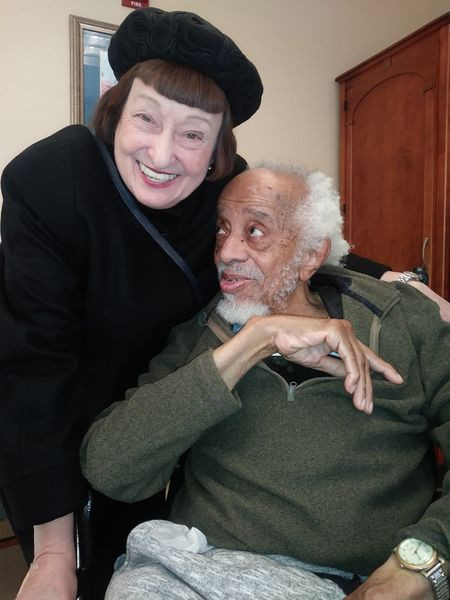
 Amanda S. Stevenson
Amanda S. Stevenson 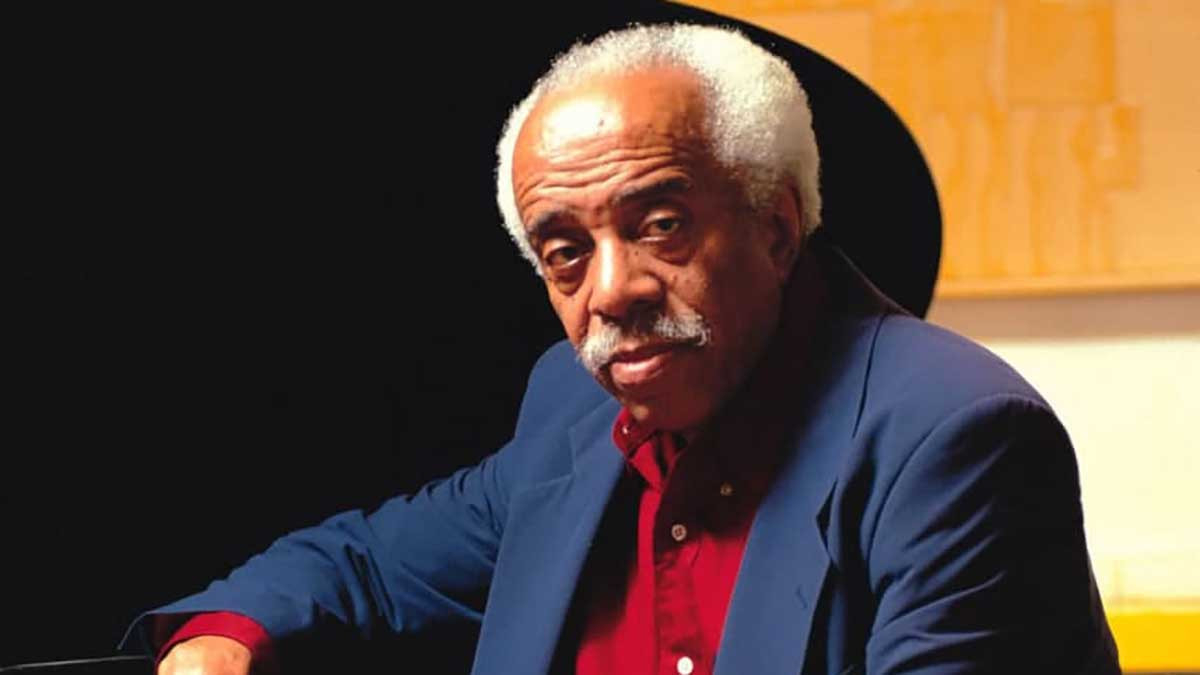
 Amanda S. Stevenson
Amanda S. Stevenson 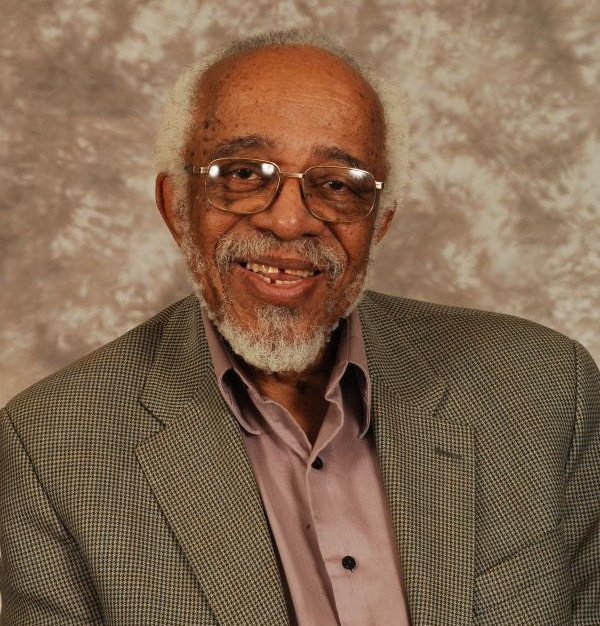
 Amanda S. Stevenson
Amanda S. Stevenson 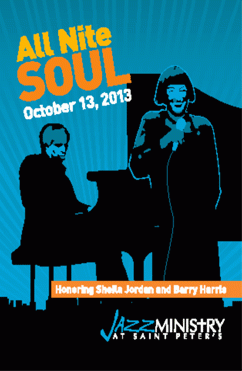
 Amanda S. Stevenson
Amanda S. Stevenson 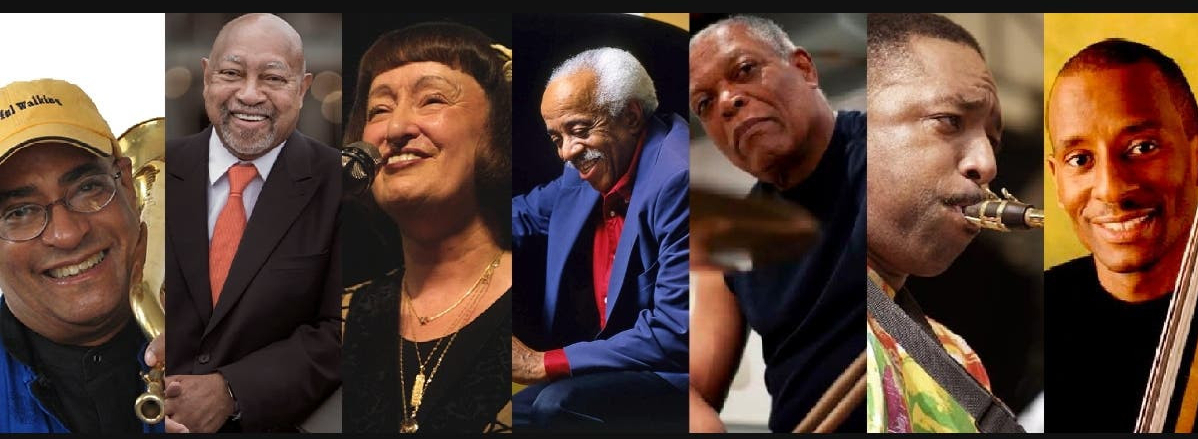
 Amanda S. Stevenson
Amanda S. Stevenson 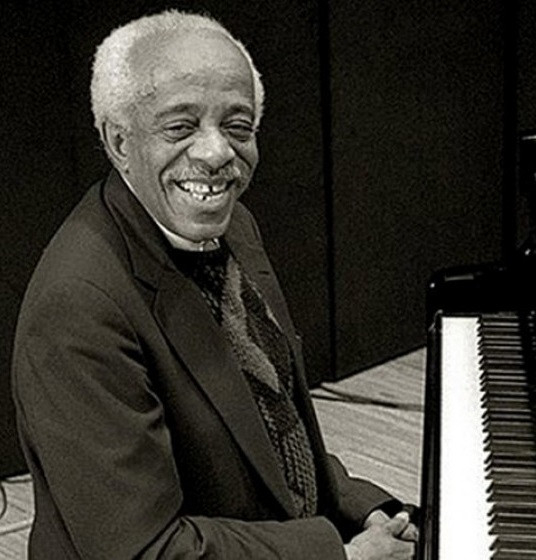
 Amanda S. Stevenson
Amanda S. Stevenson 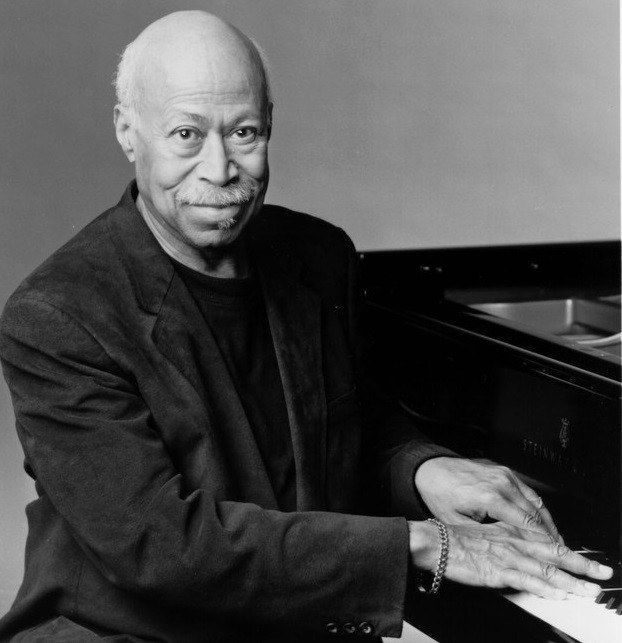
 Amanda S. Stevenson
Amanda S. Stevenson 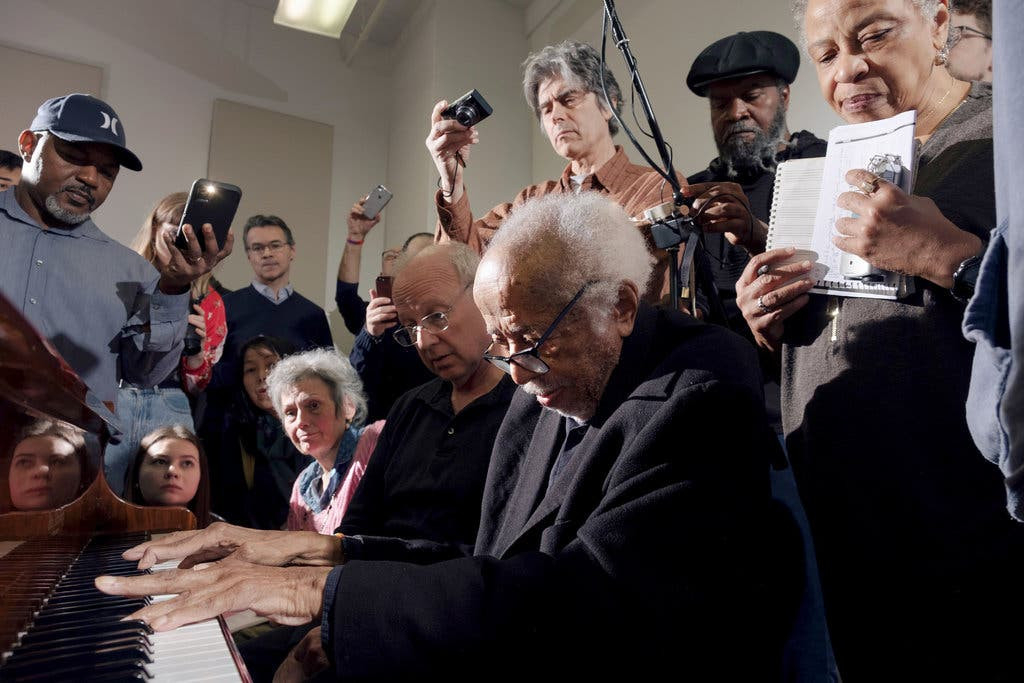
 Amanda S. Stevenson
Amanda S. Stevenson 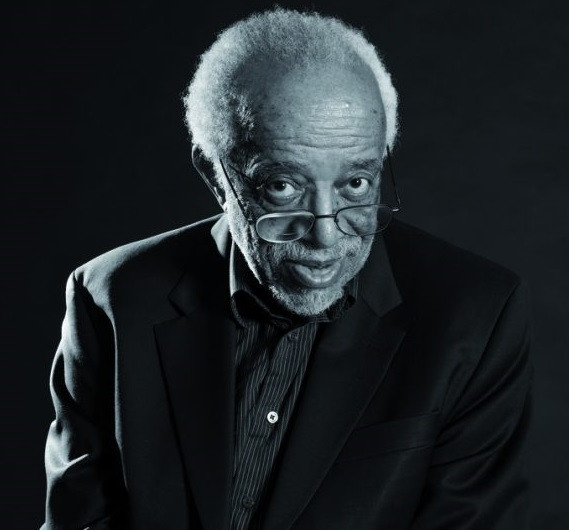
 Amanda S. Stevenson
Amanda S. Stevenson 